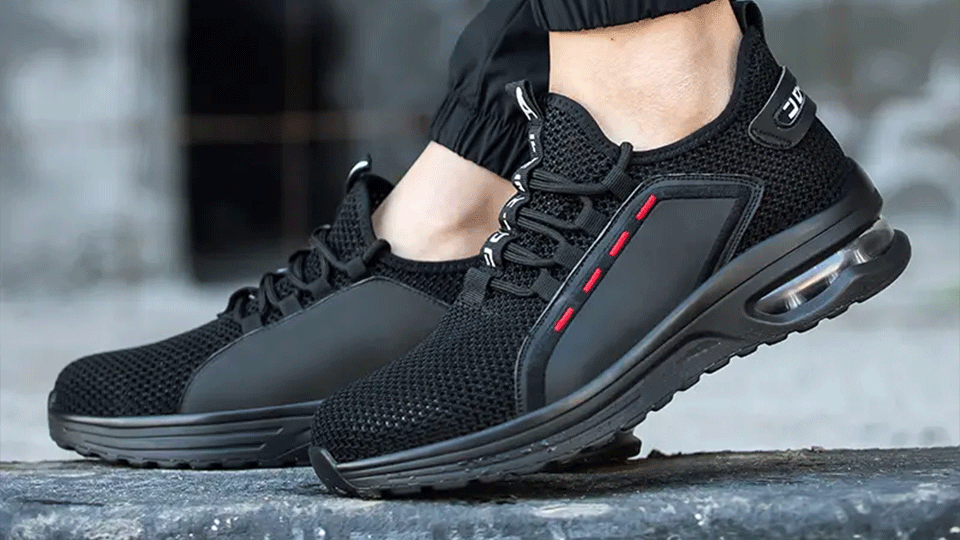

The right safety footwear can play a critical role in workplace safety, particularly in industries like construction, manufacturing, and warehousing. Understanding the distinctions between S1, S2, and S3 safety shoes can help you make a more informed decision when it comes to selecting appropriate footwear. In this article, we delve deeper into these classifications, discussing the safety standards each category meets and their ideal applications in various work environments.
The classifications S1, S2, and S3 are based on European safety standards for footwear, which are designed to address different risks and hazards in various work environments. Each category has specific safety features to meet the diverse needs of workers across numerous industries.
S1 safety shoes are specifically designed for dry workplaces. They are equipped with a safety toe cap made of steel or composite material, capable of protecting your feet from falling objects and potential compression risks. These shoes also feature closed heel areas, providing additional protection against potential impact.
Moreover, S1 safety shoes have antistatic properties, which can reduce the buildup of static electricity, thus preventing potential electrostatic discharge that can ignite flammable substances or damage sensitive equipment. Energy absorption in the heel area is another essential feature of S1 shoes, which can minimize the impact on your feet when walking or running.
S2 safety shoes encompass all the features of S1 shoes but come with the added advantage of water resistance. They are designed to resist water penetration and absorption, making them an excellent choice for damp or wet work environments. Whether you're working in outdoor conditions with rainfall or indoor spaces with liquid hazards, S2 shoes can keep your feet dry, providing an additional layer of protection.
When choosing safety footwear, it's important to consider the specific hazards in your workplace. If you work in a dry environment with risks of falling objects, S1 shoes may suffice. If water or dampness is a concern, consider S2. For workplaces with a higher risk of penetration injuries or slip hazards, S3 shoes would be the best fit.
Your comfort is also crucial. Ensure the shoe fits properly, offers good support, and doesn't hinder your mobility. Remember, the best safety shoe is the one that provides adequate protection without sacrificing comfort.
S3 safety shoes are the most robust of the three categories. They incorporate all the benefits of S1 and S2 shoes and add several more features to withstand more challenging work environments. These shoes come with a penetration-resistant midsole, typically made from steel or composite material, offering protection against sharp objects that might pierce the sole.
In addition, S3 shoes have cleated outsoles, providing extra grip on slippery surfaces, reducing the risk of slips and falls. If you're working in a place where the ground conditions are uneven, slippery, or littered with sharp objects, S3 safety shoes might be the best choice for you.
Workplace safety is paramount, and choosing the right safety footwear is a significant part of that equation. Understanding the distinctions between S1, S2, and S3 safety shoes can ensure you’re selecting the footwear that best meets your specific needs. Make an informed decision, and stay safe!